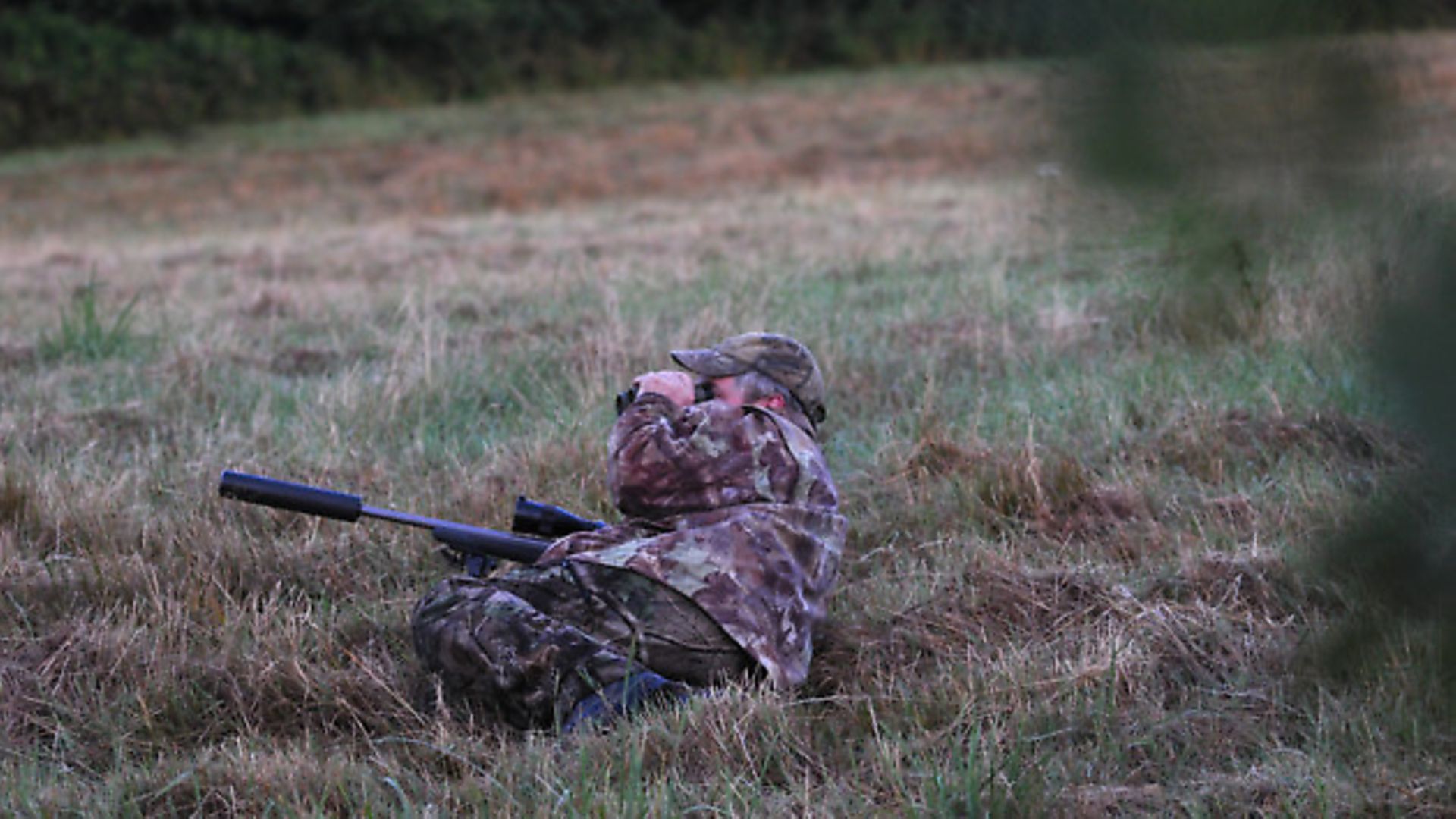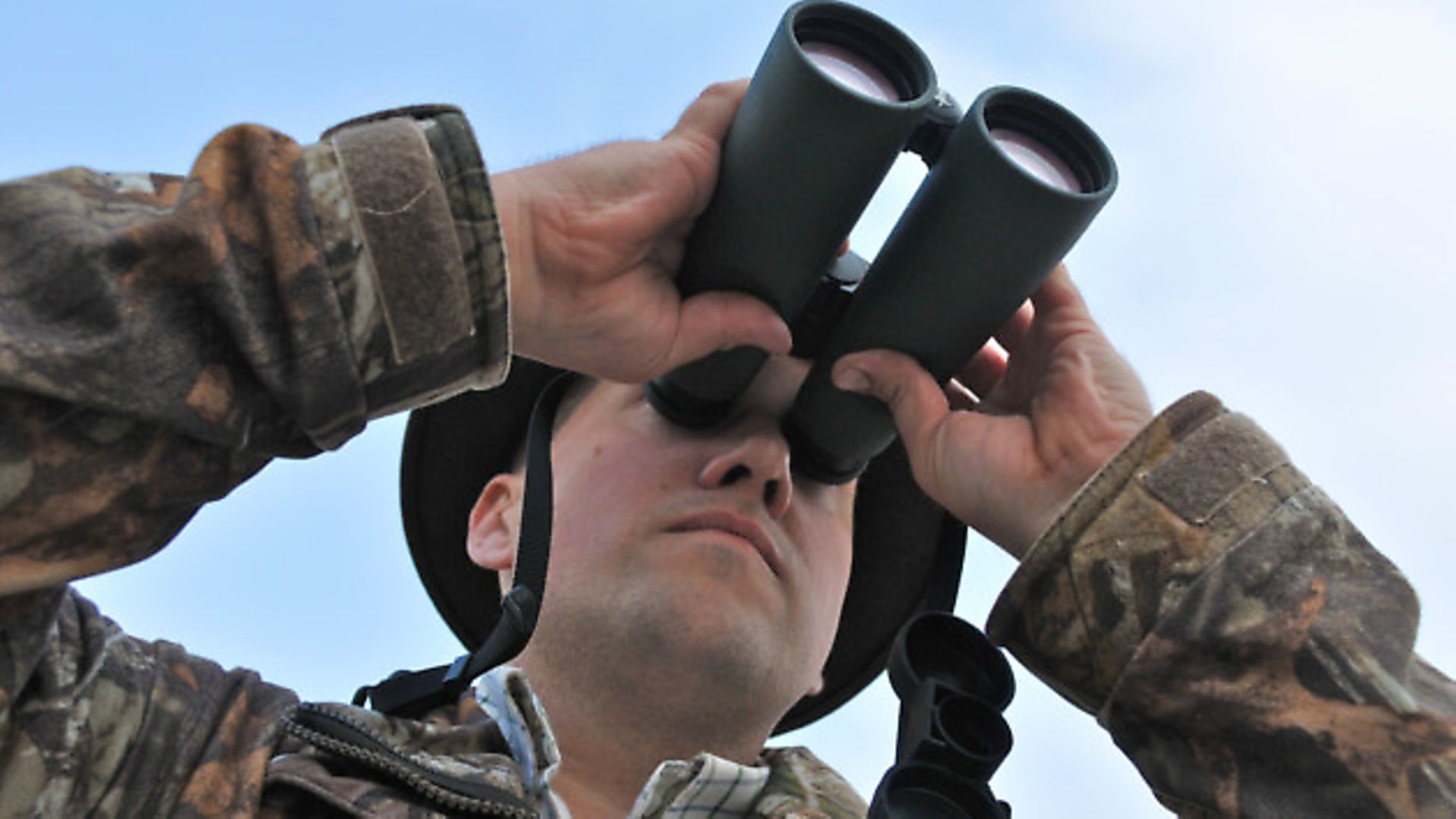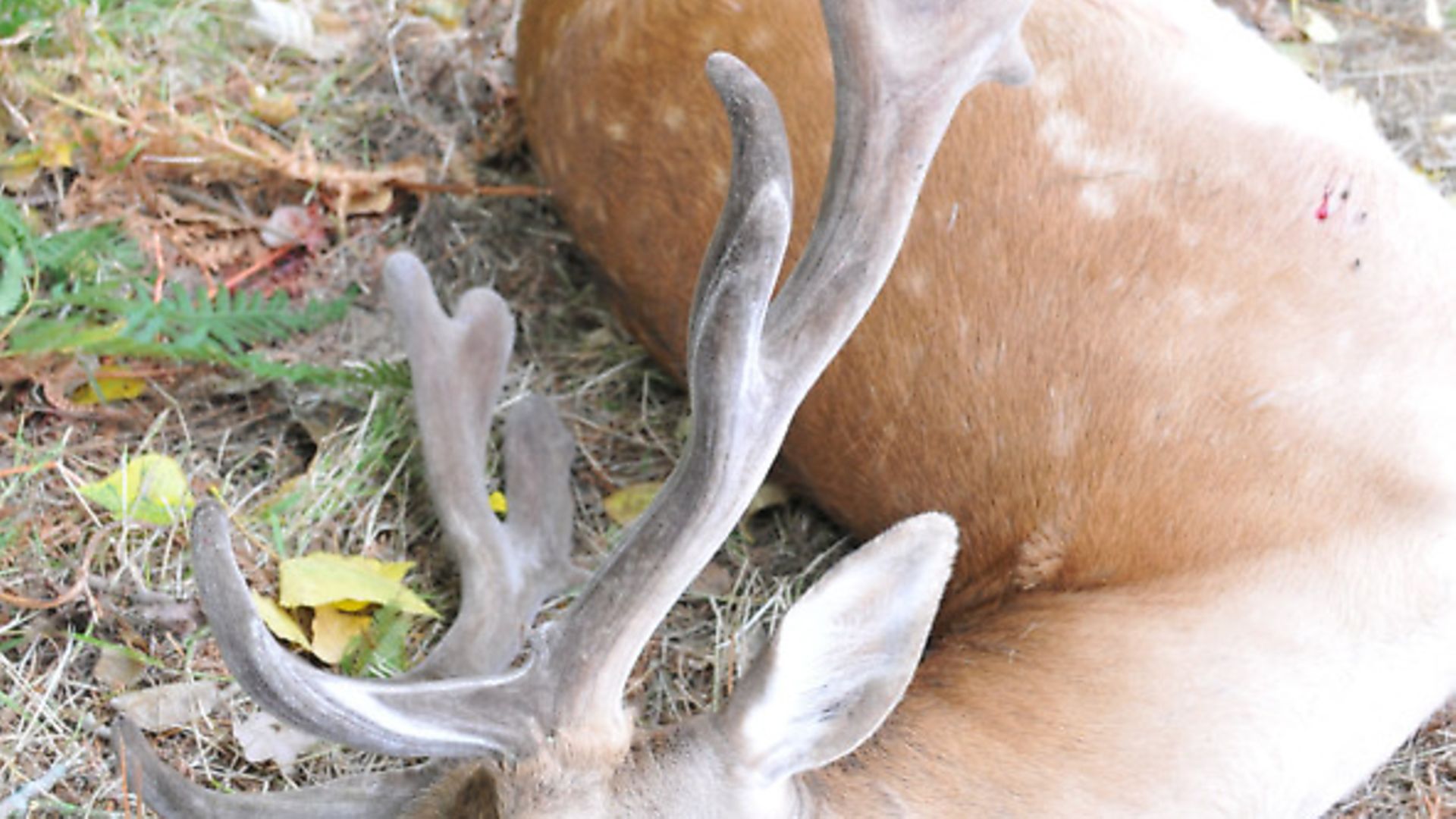Mike Allison from Jelen Deer Services looks at the systems of life that keep deer alive so we can effectively diagnose death and make more humane kills
 credit: Archant
credit: Archant
You would think deerstalkers should know whether the animal they have just shot is in fact dead or still alive. However, you would be surprised just how many people fail to understand the systems of life. If we want to understand how to cull an animal humanely and ensure suffering is eliminated, we need to know this.
 credit: Archant
credit: Archant
As well as exploring the living animal, modes of death and minimising suffering, I aim to help deerstalkers correctly assess the status of the apparently dead animal.
 credit: Archant
credit: Archant
The systems of life
There are three organ systems within an animal’s body that are crucial to support life. Each system is totally interdependent on the other two. If any one fails, the other systems will fail. They are the:
1) Nervous system
2) Circulatory system
3) Respiratory system
The deerstalker must destroy at least one of those systems with the bullet.
The physiology of death
There are three modes of death:
1) Coma – failure of the nervous system
2) Syncope – failure of the circulatory system
3) Asphyxia – failure of the respiratory system
Although they may be considered to result in certain and sudden death in a deer, they may not necessarily be instantaneous. Speed of death will be determined by the nature of the damage caused by the bullet.
A shot to the head of a deer may cause damage to the brain and, depending on which parts of the brain are affected, will result in certain functions of the body being disabled. But where the central nervous system (CNS) is destroyed, then – and only then – will death be instantaneous.
A shot to the neck where the spinal cord is damaged may cause temporary paralysis, but may equally result in the animal recovering. Permanent paralysis will generally only occur when the spinal cord has been destroyed. Shots high in the neck may cause shock waves to the brain stem, which will normally result in instantaneous death.
However, shots midway or low in the neck – where the spinal cord is destroyed – will almost certainly cause permanent paralysis, but will leave the animal very much alive and still sensitive to sound, sight, scent and touch (including pain).
Commonly regarded as the ‘percentage shot’, a well-placed bullet up the back of the front leg and halfway up the body will potentially cause severe damage to both the respiratory and circulatory systems. This will result in certain but not instantaneous death. Any animal hit in the brain or spine will drop instantly on the shot. Chest shots, however, can have different results, with reactions ranging from a drop to a headlong run of 100m or more.
Why do some run and others not?
It’s all to do with the animal’s mental state at the time of the shot and whether it is alert or in a relaxed state of mind. An animal totally unaware of anything untoward is likely to fall as the ‘flight or fight’ mechanism has not been initiated through the influence of fear. An animal aware of something wrong will almost certainly run.
Once an animal becomes frightened, its internal ‘defence mechanism’ (the ‘sympathetic’ nervous system) shuts down every blood vessel in the animal’s body not vital to the animal’s survival at that moment in time. The same mechanism is at work in humans – fear or fright causes us to go white or pale.
Blood flow is directed to the brain and other vital organs. The heart rate increases dramatically and the animal is conditioned for a rapid escape. Only when the brain is starved of oxygen, caused by lack of oxygenated blood flow combined with a rapid loss of blood pressure, will the animal lose consciousness and die.
Although the heart may have been completely destroyed, there can be just enough residual blood delivered to the brain through muscle movement around the arteries as the animal is running, but with no mechanism to pump blood to the lungs via the pulmonary artery, oxygenated blood will quickly run out. As the initial dash can be rapid, the animal can cover distances up to 100m in only a few seconds.
Dead or alive?
In shot deer, it is vital for death to be confirmed before rifles are unloaded. It is equally important the shooter knows the signs of life to look for in an apparently dead deer.
Characteristics indicating whether the animal is dead or alive:
Eyes – In a dead deer, the eyes will be open and fixed. The animal is almost certainly alive if the eyes are closed.
Eye position – The eye position should be a fixed stare. Look for blinking or if the eyes are rolled forward.
Ear movements – These are a classic sign the animal is alive, and any observed ear movement must be treated as suspect.
Signs of breathing – Check whether the chest is heaving.
Active reflexes – The eye reflexes are always the last to work in the animal’s body. Most deerstalkers use the corneal reflex to assess death. However, it must be remembered if there is no corneal reflex, the animal could just be unconscious. The pupillary reflex is the last to work before final death. This reflex is checked by covering the eye for a few seconds, then uncovering it and exposing it to strong light. If there is a reduction in pupil size in response to light, the animal is still alive.
______________________
More deer management:
Understanding deer movement patterns
Monitoring deer population using trail cameras
How to determine the age of deer